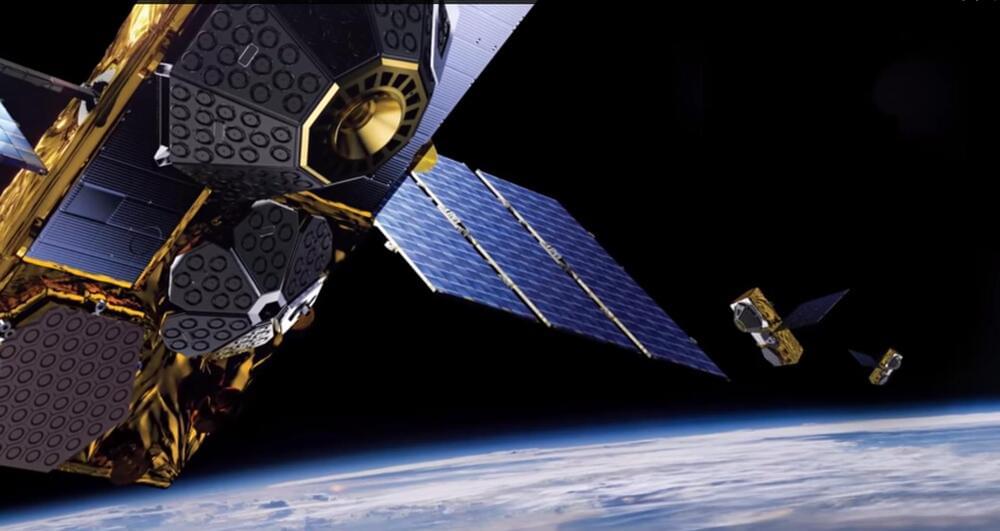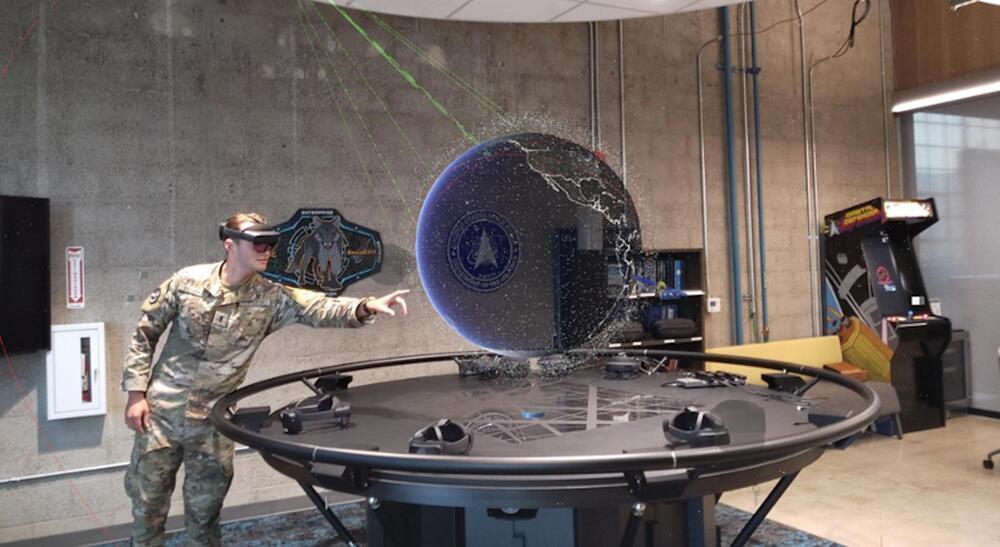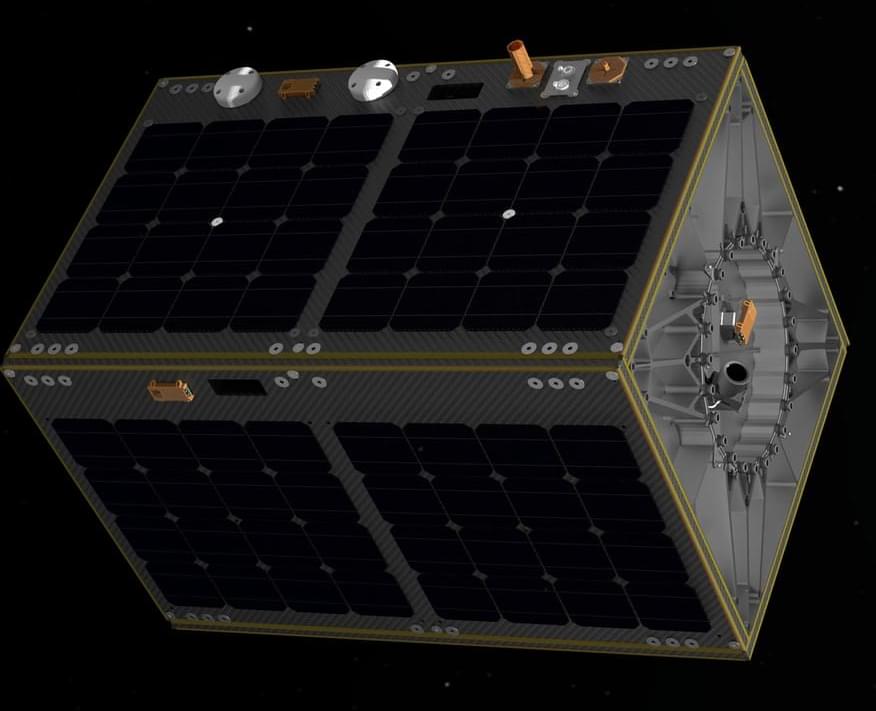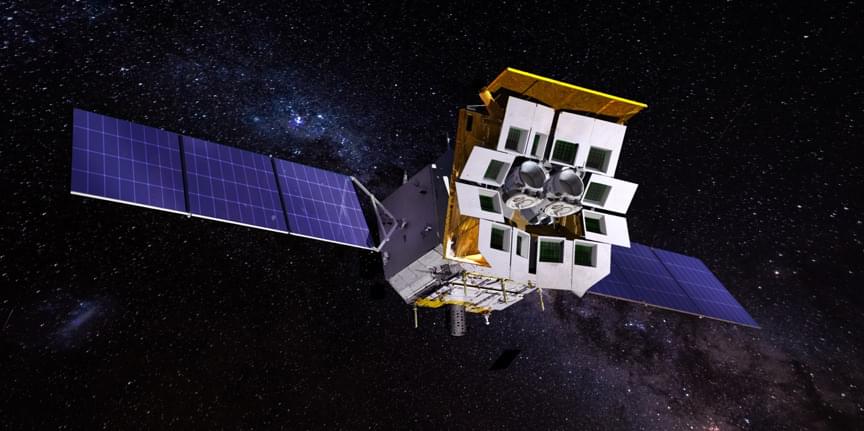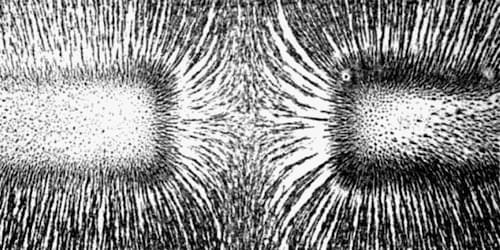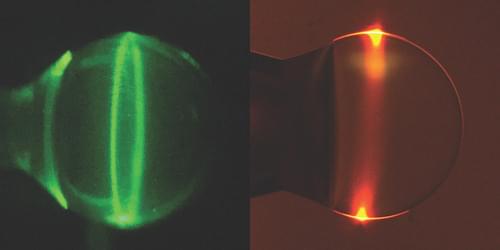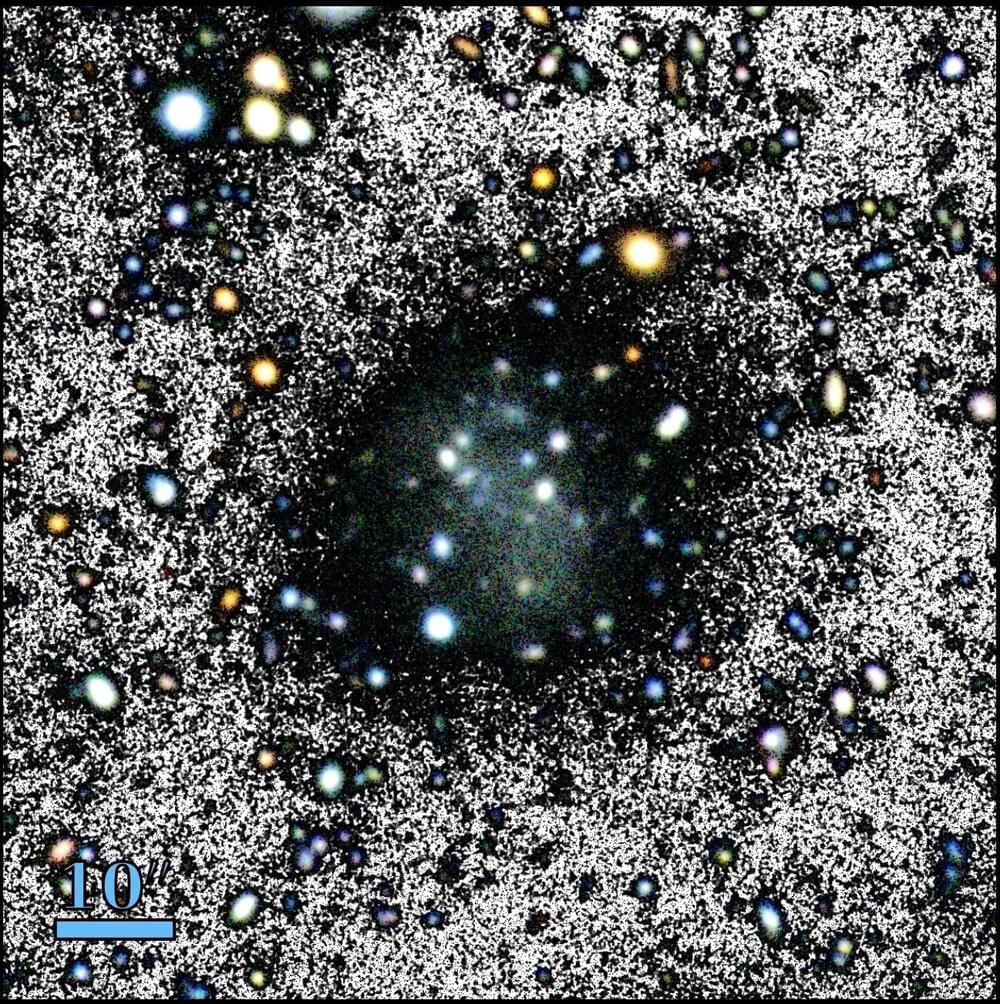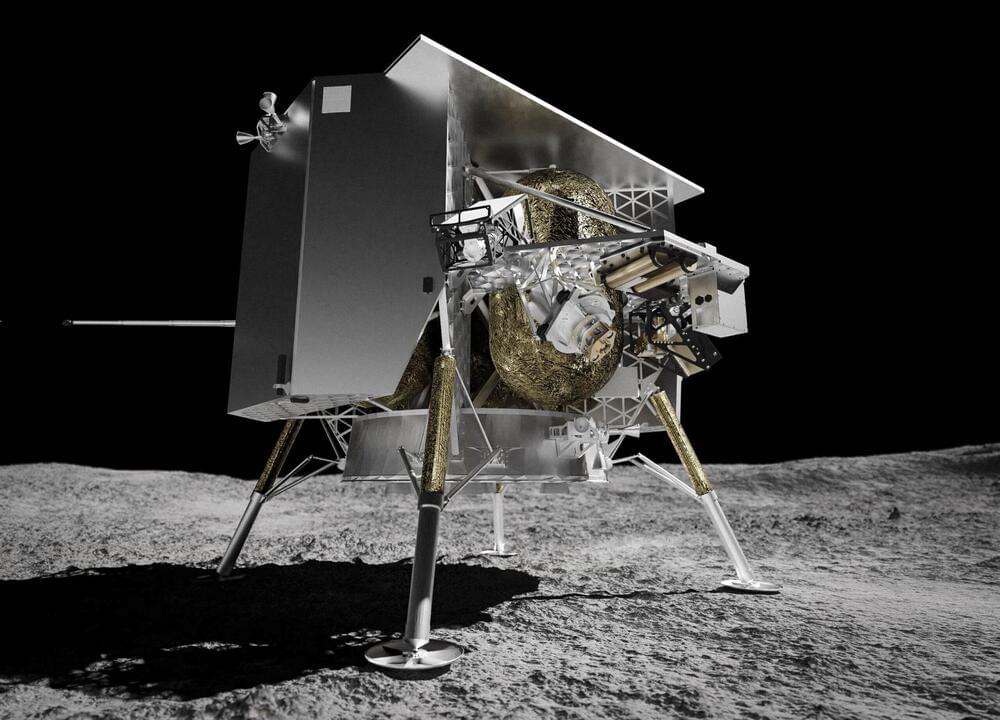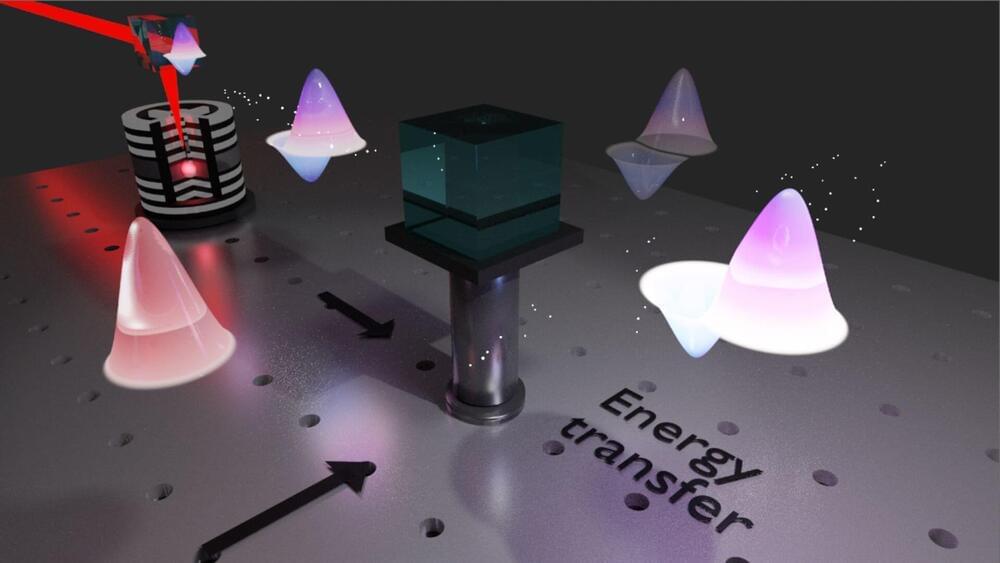WASHINGTON — The Space Development Agency confirmed on Jan. 8 that it awarded Rocket Lab a $515 million contract to build and operate 18 spacecraft that will be part of a low Earth orbit network of military satellites.
SpaceNews first reported on this contract award on Dec. 23 after the agreement was disclosed in a regulatory filing.
Rocket Lab becomes the third supplier of SDA’s Transport Layer Tranche 2 Beta satellites — projected to launch in mid-2027 — that will carry radios using the UHF (Ultra High Frequency) and S-band frequencies that military and intelligence units rely upon for voice and low-speed data transmissions.
